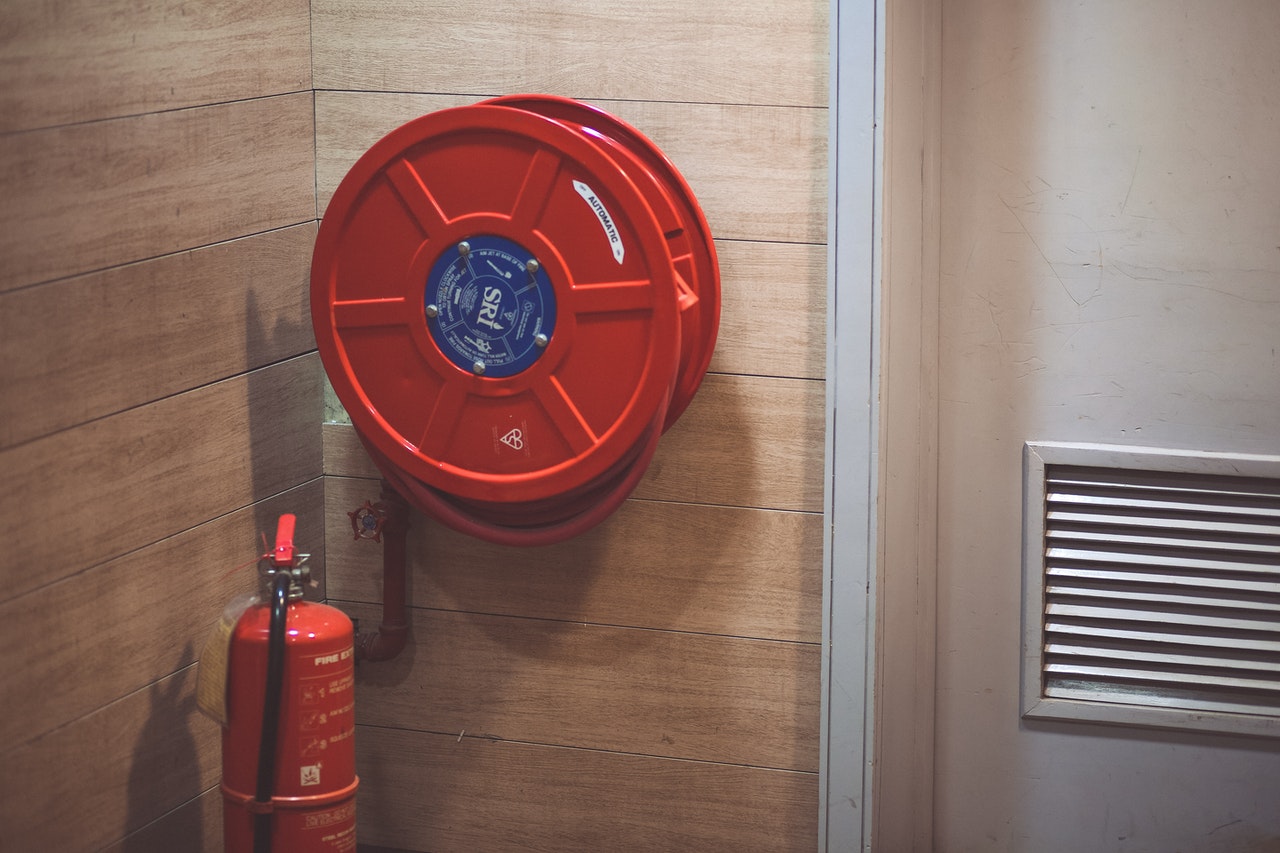Whether you are building an apartment, a hotel, or an office, a fire extinguisher is a must. They help you fight the fire and protect yourself and the property. However, you need to have the right fire extinguisher, and you should know how to use them efficiently to get the most out of them.
But before we move forward, let’s understand the different types of fires.
- Class A: When solid materials like wood, textiles, paper, plastic, and furniture catch fire, they are considered as Class A fire. It can be extinguished by water fire extinguishers.
- Class B: It involves flammable liquids, such as petrol, oil, and diesel. Chemical factories and companies where inks, paints, and cleaning fluids are available. These types of reports are extinguished using foam, dry powder, or carbon dioxide-based fire extinguishers.
- Class C: It involves fire caused by flammable gases, including liquified petroleum gas and natural gas. They need to be dealt with cautiously and can be extinguished using dry powder extinguishers.
- Class D: It involves fire caught on metals by potassium and sodium as they are highly flammable. Avoid using water in these kinds of fires. You need to use a dry powder extinguisher on these kinds of fires. The type of powder also differs based on the type of metal, such as L2, ABC, and M28 powders.
- Class E: All the electrical fires fall in this category. If electrical equipment fire ignites, the first thing you need to do is switch off the power supply. Then use a dry powder or carbon dioxide fire extinguishers.
- Class F: It involves fire caused by cooking oils and flammable fats in kitchens. The only approved fire extinguisher for Class F fire is the wet chemical type.
The good news is, LESSO fire extinguisher has a solution for all types of fires.
Here are the four most common types of fire extinguishers.
1. Water-fire Extinguishers
These are the most common and effective types of fire extinguishers. They are used to control Class A fire. Since it contains only water, it is the least expensive among other types of fire extinguishers. But again, there are different types of water extinguishers in the market.
- Water jet: It operates by spraying water at the burning flames.
- Water mist or fog: It releases microscopic water molecules that fight the fire. It decreases the oxygen level in the air, thereby preventing the fire from spreading.
- Water extinguishers with additives: In this type of water fire extinguisher, foaming chemicals are added to make it more effective.
2. Foam Fire Extinguisher
Ideal for Class A and Class B fires, foam extinguishers produce a layer of foam that seals the surface, thereby preventing flammable vapor from reaching the atmosphere. Since the foam is mixed with water, it also has a cooling effect.
However, it is worth mentioning that foam fire extinguishers are not ideal for gaseous fires.
3. Wet Chemical Fire Extinguisher
It is a special type of fire extinguisher that is ideal for extinguishing Class F type fire, i.e., kitchen fire. They contain a solution composed of potassium that effectively calms the fire caused by vegetable fats and oils.
Wet chemical fire extinguishers can also be used in Class A and Class B fires. So, this is ideal for homes and restaurants.
4- Carbon Dioxide Fire Extinguisher
This is one of the most common and effective types of fire extinguishers. They are perfect for managing Class B fires and Class E (electrical fires). Since it adds more CO2 to the environment, it cuts off the oxygen supply, thereby suppressing the fire. It also does not leave any residue behind, making It perfect to use in server rooms, offices, and workplaces with electrical equipment.
Remember – Never use a carbon dioxide fire extinguisher in case of Class F fires, as it will spread the fire even more rather than suppressing it.
Also read: Essential Safety Tips for Kids to Know This Year
Conclusion
Fire can be fatal for both life and property. Therefore, it is crucial to have fire extinguishers in place. What is more important is using the right type of fire extinguisher. Hope this article has helped you understand the four common types of fire extinguishers and their uses.
Have more questions? Shoot in the comment section.






